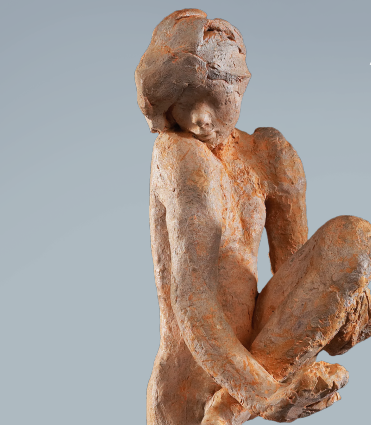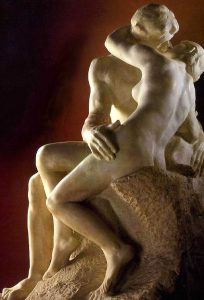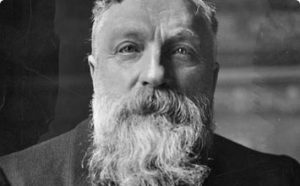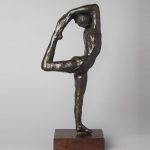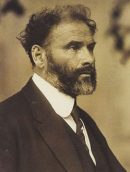Auguste Rodin
The Father of Modern Sculpture
You may be aware of French sculptor Auguste Rodin by way of his renowned masterpieces, “The Thinker” and “The Kiss.” What’s less familiar, yet so charming and sensual, is a collection of his work with dancers that is on exhibit in various museums around the world. Some images of them are interspersed with the story of the artist’s life below.
Here’s what Rodin had to say about beauty and the way it guided his life.
“To any artist, worthy of the name, all in nature is beautiful, because his eyes, fearlessly accepting all exterior truth, read there, as in an open book, all the inner truth.”
To which we say…Amen.
Exalting the Dignity
of Simple Human Moments
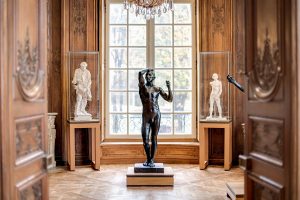 François-Auguste-René Rodin’s story recalls the archetypal struggle of the modern artist. He was born in obscurity and, despite showing early promise, rejected by the official academies. He spent years laboring as an ornamental sculptor before success and scandal set him on the road to international fame. By the time of his death, he was likened to Michelangelo.
François-Auguste-René Rodin’s story recalls the archetypal struggle of the modern artist. He was born in obscurity and, despite showing early promise, rejected by the official academies. He spent years laboring as an ornamental sculptor before success and scandal set him on the road to international fame. By the time of his death, he was likened to Michelangelo.
The artist was born in a poor area of Paris’s fifth arrondissement to Jean-Baptiste Rodin, an office clerk in the local police station, and Marie Cheffer, his second wife. Despite Jean-Baptiste’s modest earnings, he and Marie attempted to provide a bourgeois upbringing by sending Rodin to an elite boarding school. In 1854, aged 13, he decided to pursue a career in the arts, attending the École Spéciale de Dessin et de Mathematiques, which trained boys in the decorative arts. After three years of studying drawing and sculpture, Rodin applied to the Grand École, by which he was continuously rejected.
After the third rejection, he resigned himself, at the age of 19, to taking jobs in plaster workshops to create architectural ornaments. Although he disliked working for others, these workshops provided him with a meager living for the next 20 years.
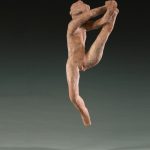
Professionally, Rodin later found better paying commissions in the workshop of Albert-Ernest Carrier-Belleuse, a successful commercial sculptor, but the steady work and increased income was disrupted by the Franco-Prussian War in 1870.
Late Years and Death
By 1899, Rodin had a large studio with several assistants. He had achieved financial success. Several exhibitions around the turn of the century brought him worldwide renown.
Before Rodin’s death, he bequeathed all of his drawings, sculptures, and archives to the state of France to create a museum in the Hotel Biron at Meudon. Yet even without a national museum, hi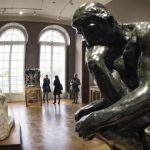 s sculptures and drawings would still have had a huge impact on younger artists. Today, nearly every large museum owns a casting of one of his sculptures, and exhibitions of his work are held regularly, making Rodin one of the few artists recognizable to the general public. Before his death in 1917, Rodin chose The Thinker as his tombstone.
s sculptures and drawings would still have had a huge impact on younger artists. Today, nearly every large museum owns a casting of one of his sculptures, and exhibitions of his work are held regularly, making Rodin one of the few artists recognizable to the general public. Before his death in 1917, Rodin chose The Thinker as his tombstone.
Treat yourself to the full Rodin by visiting the website of Musée Rodin – Paris. When you do, among the visual treasures, you’ll find a list of museums worldwide that display various Rodin collections. Maybe there’s one near you. Check out the short video below to get the full picture.

